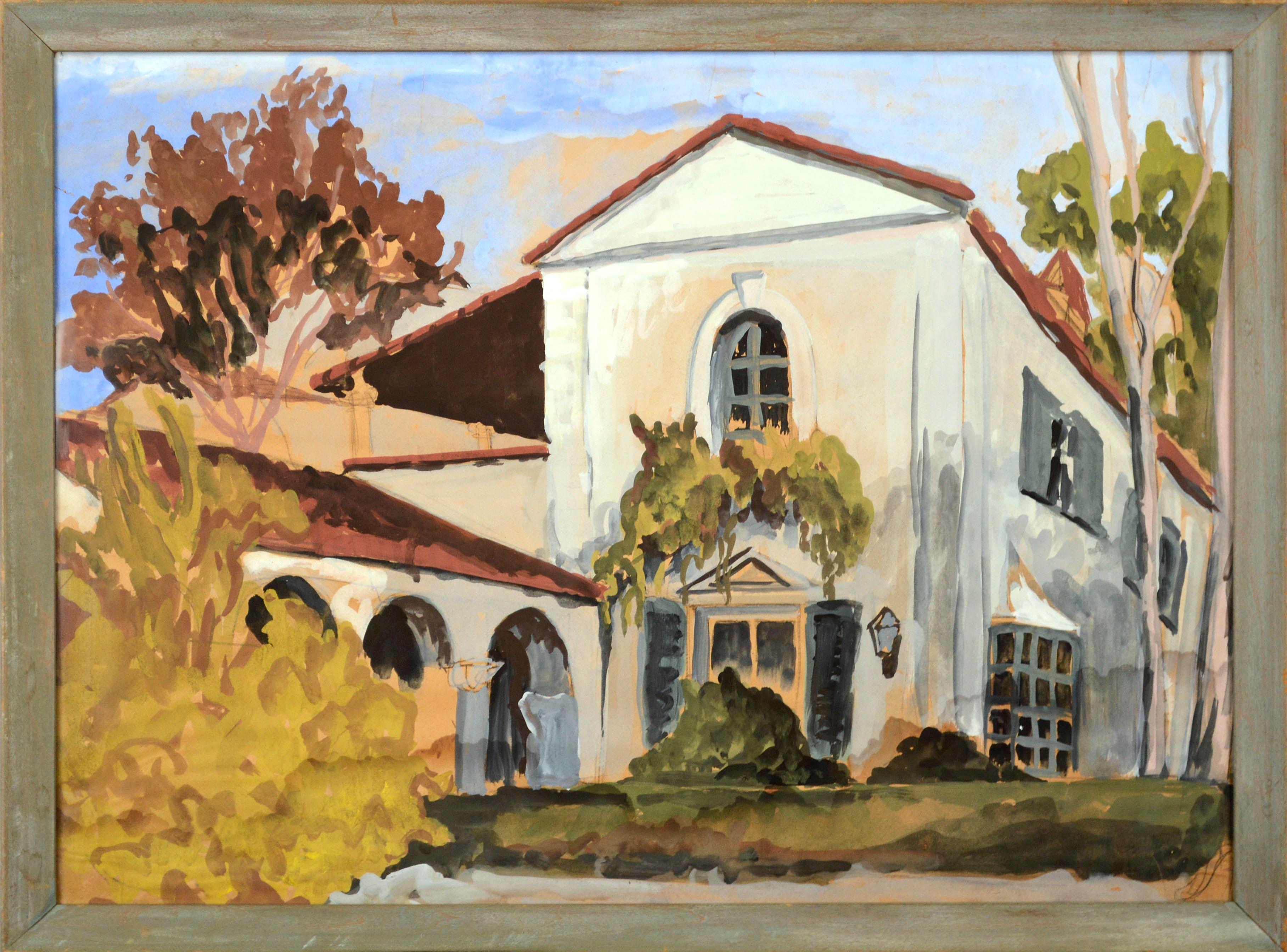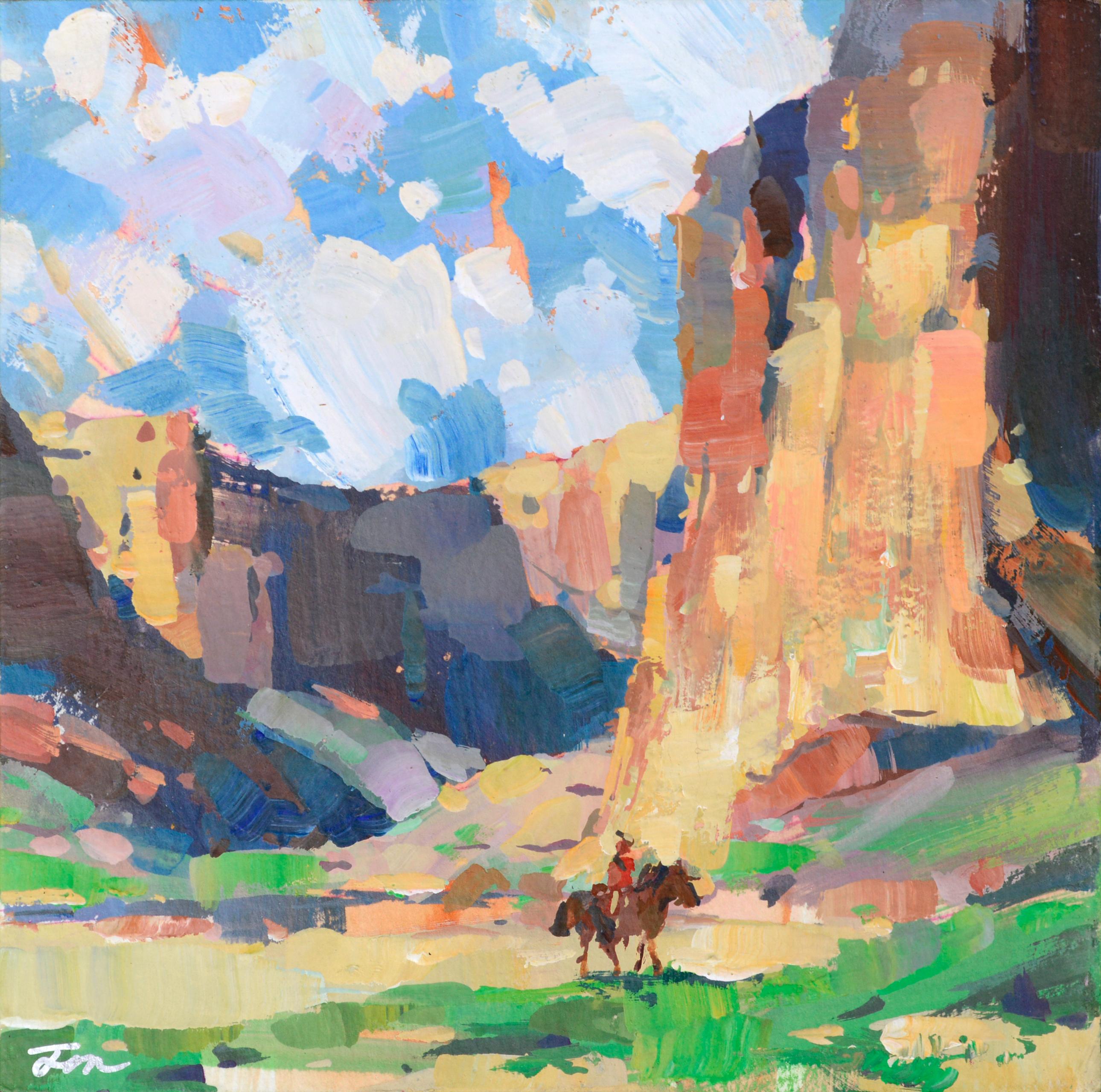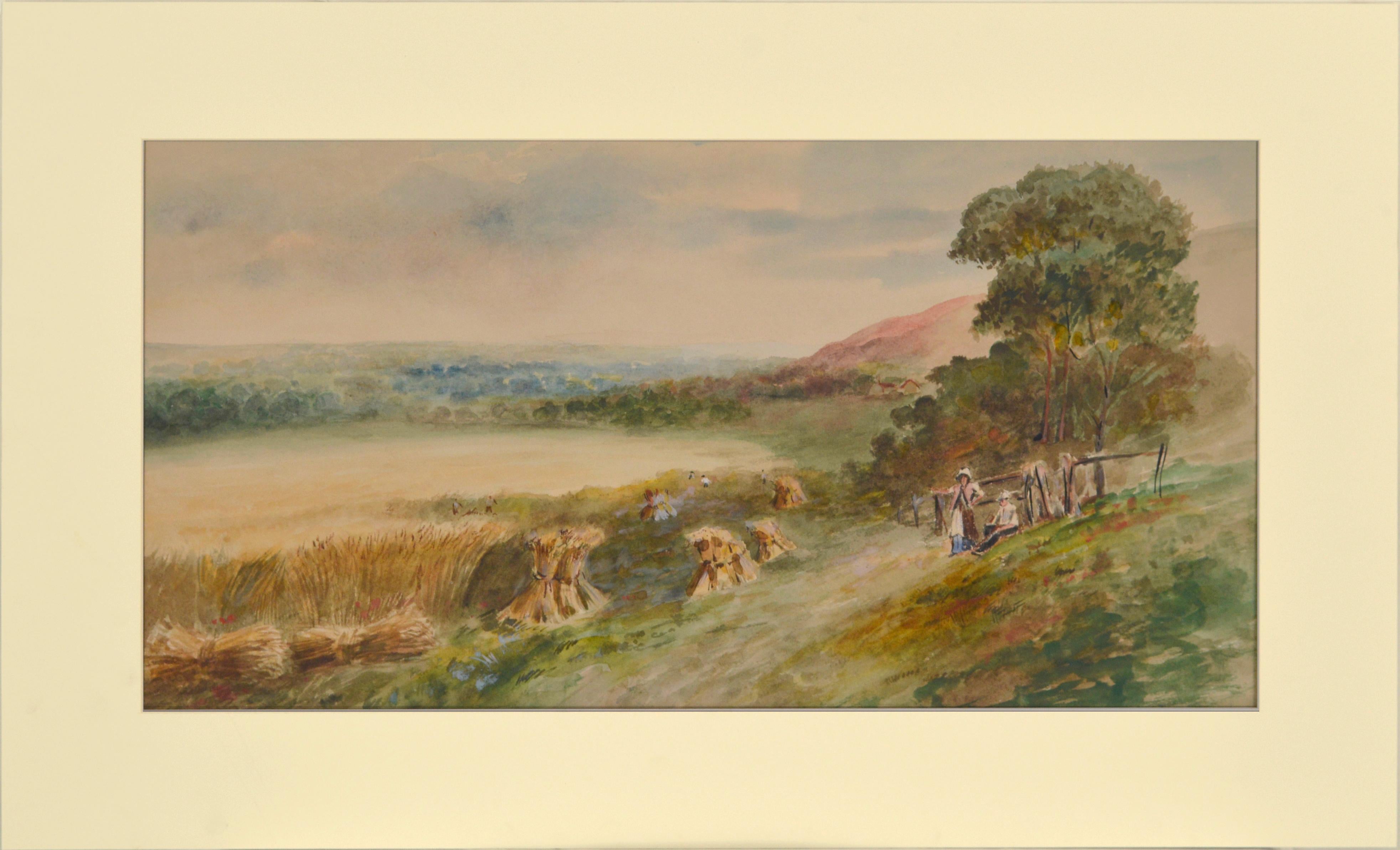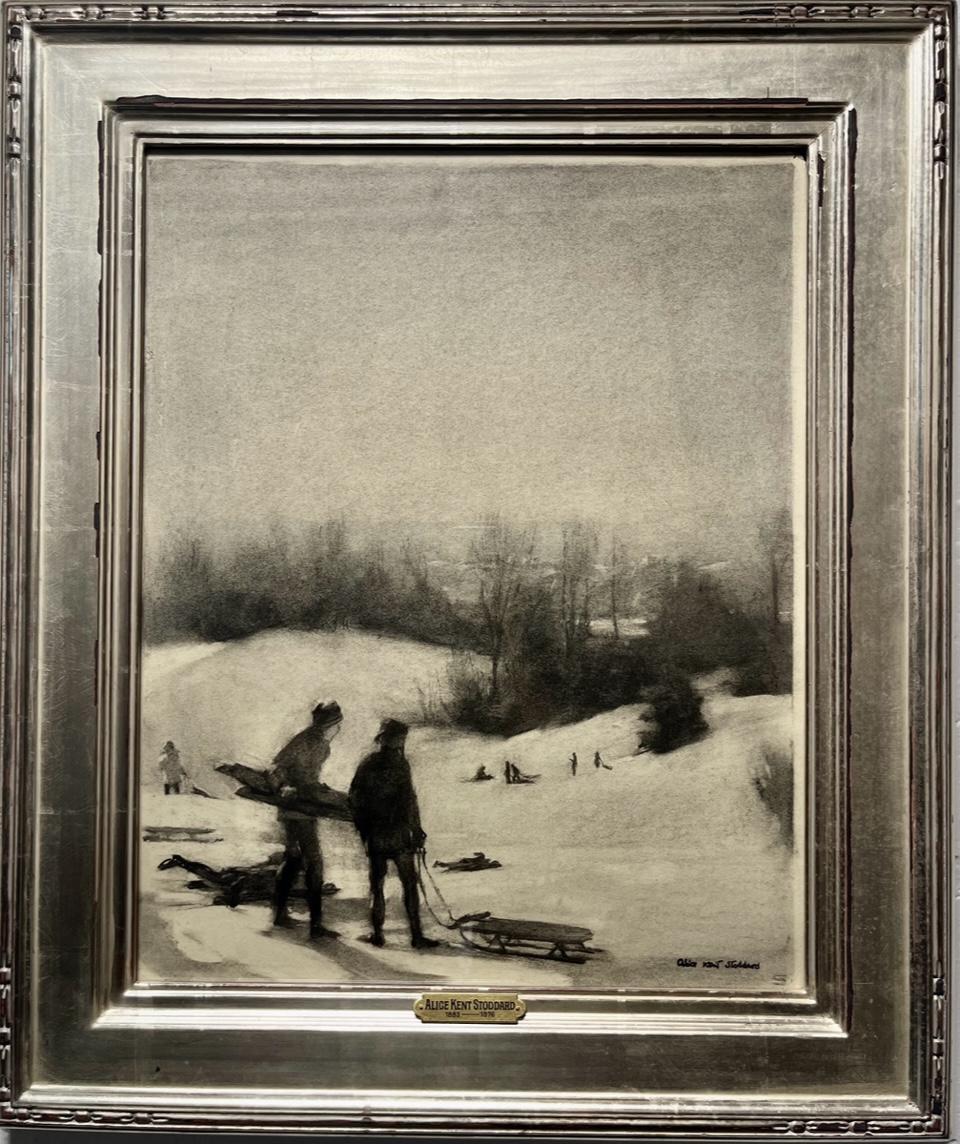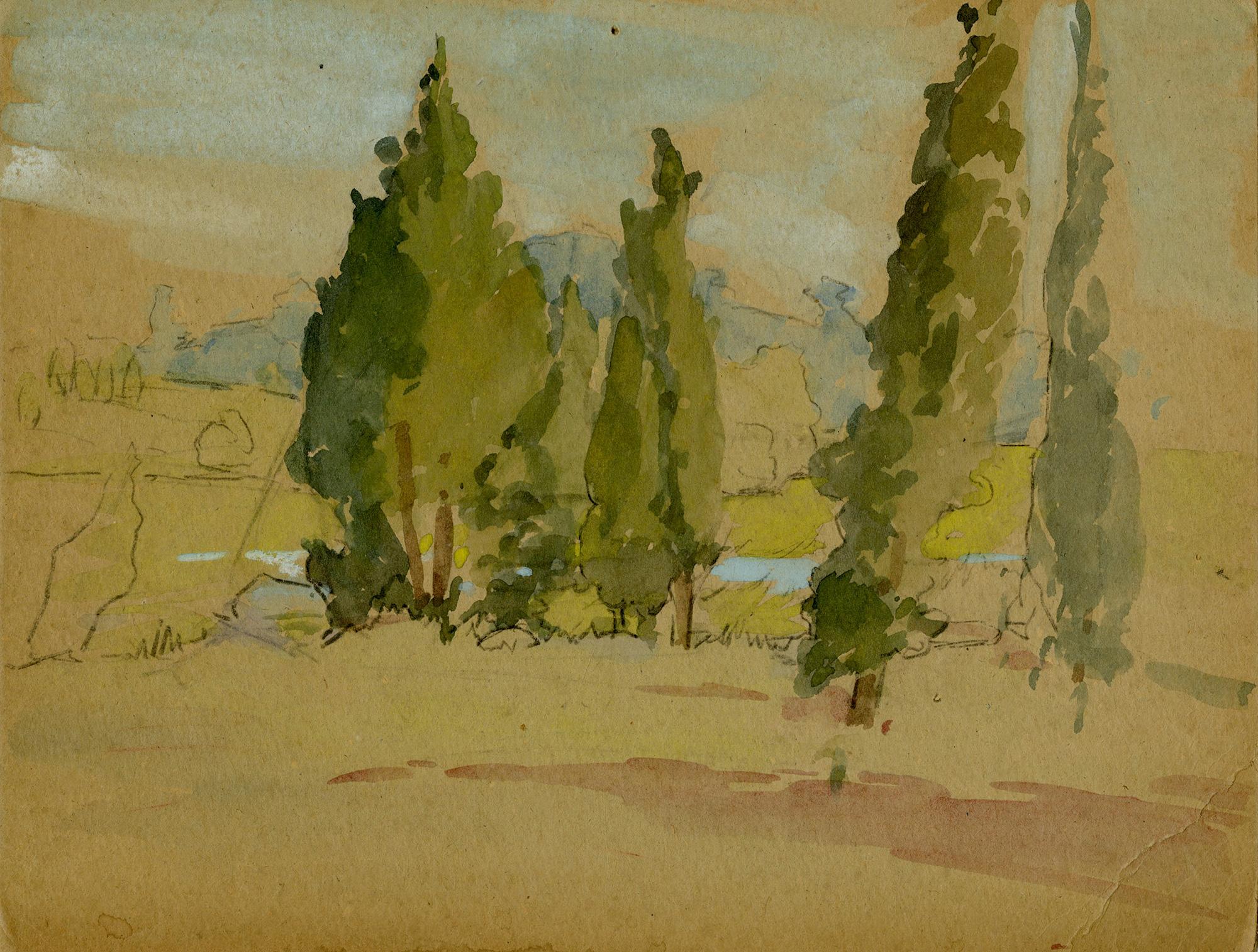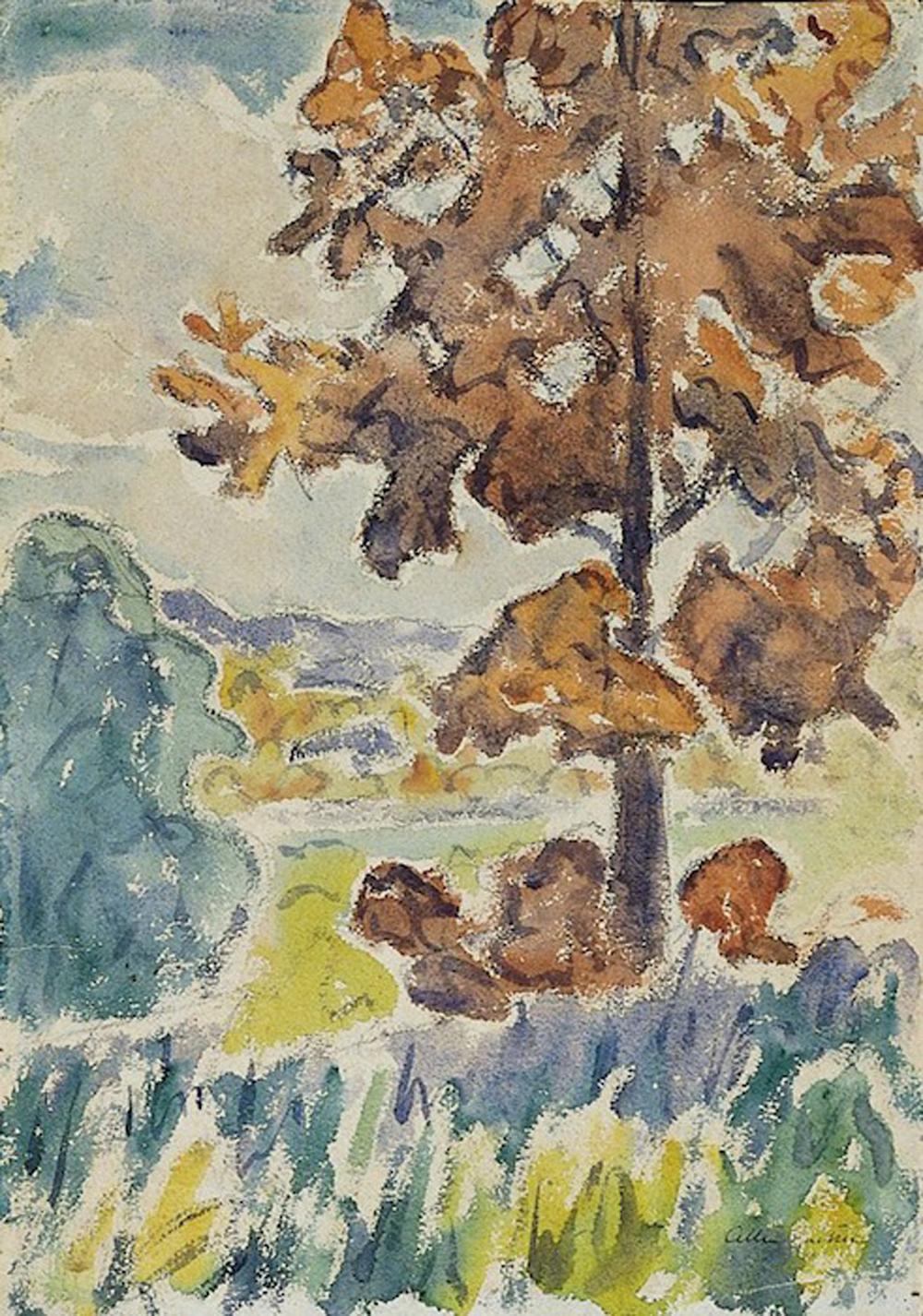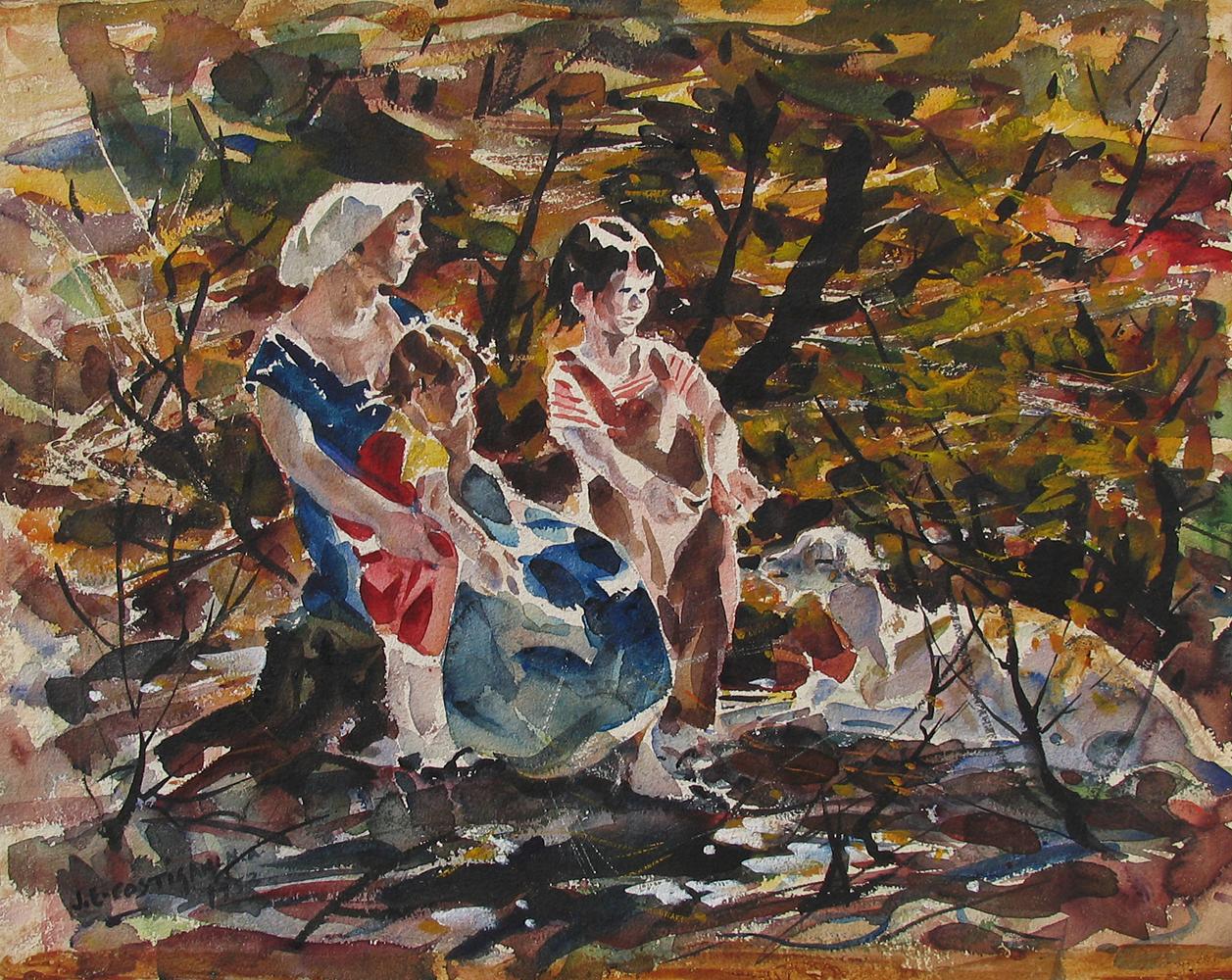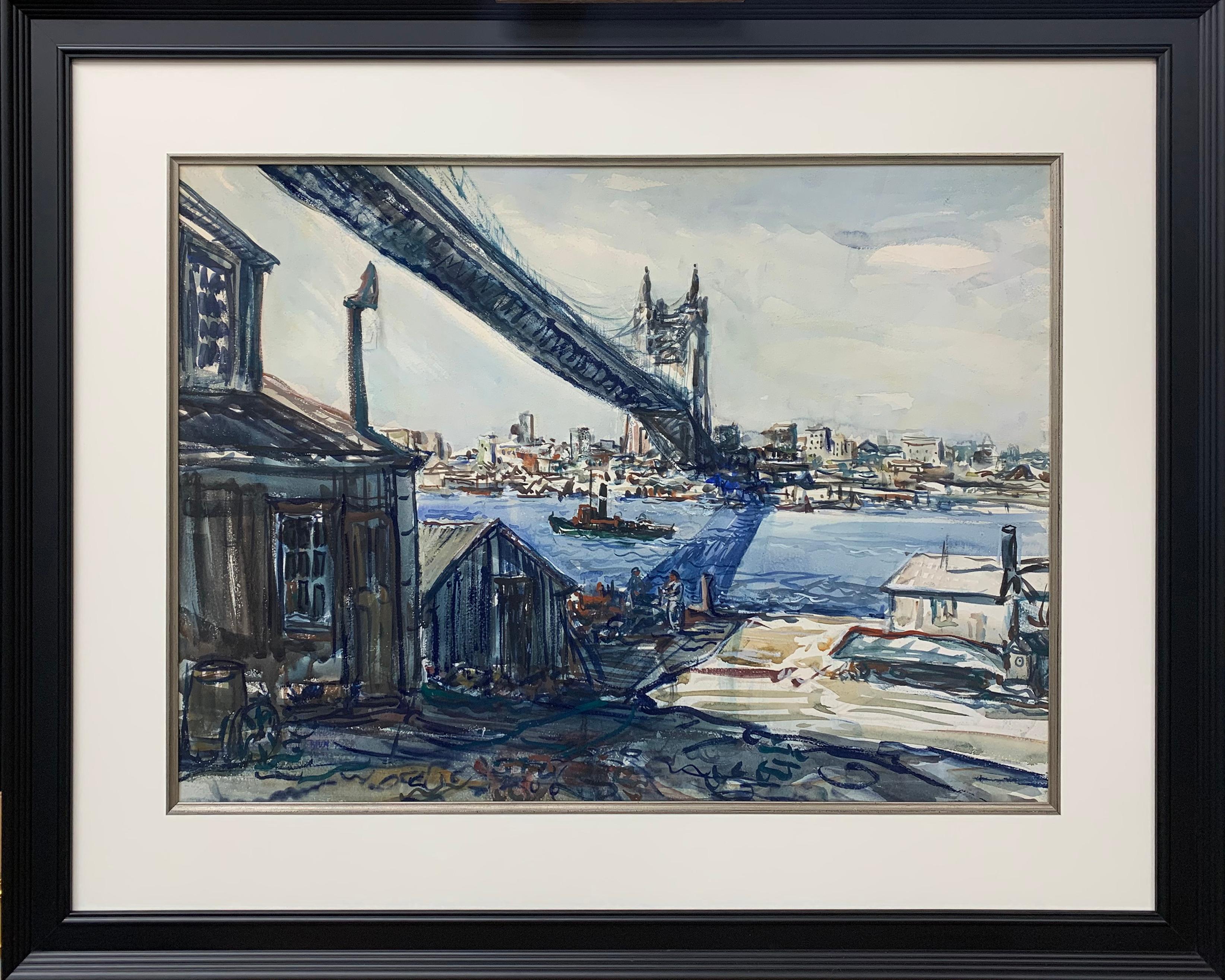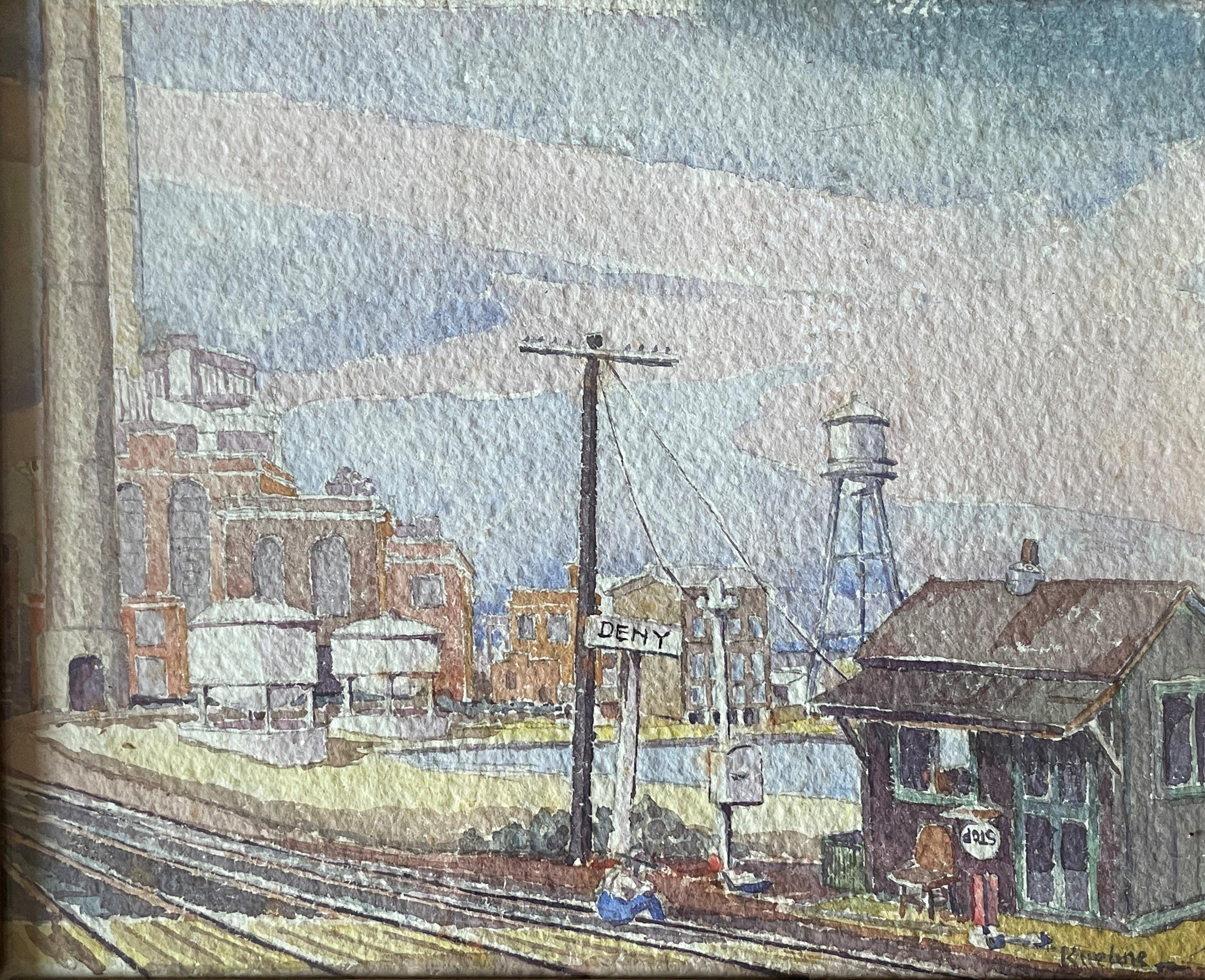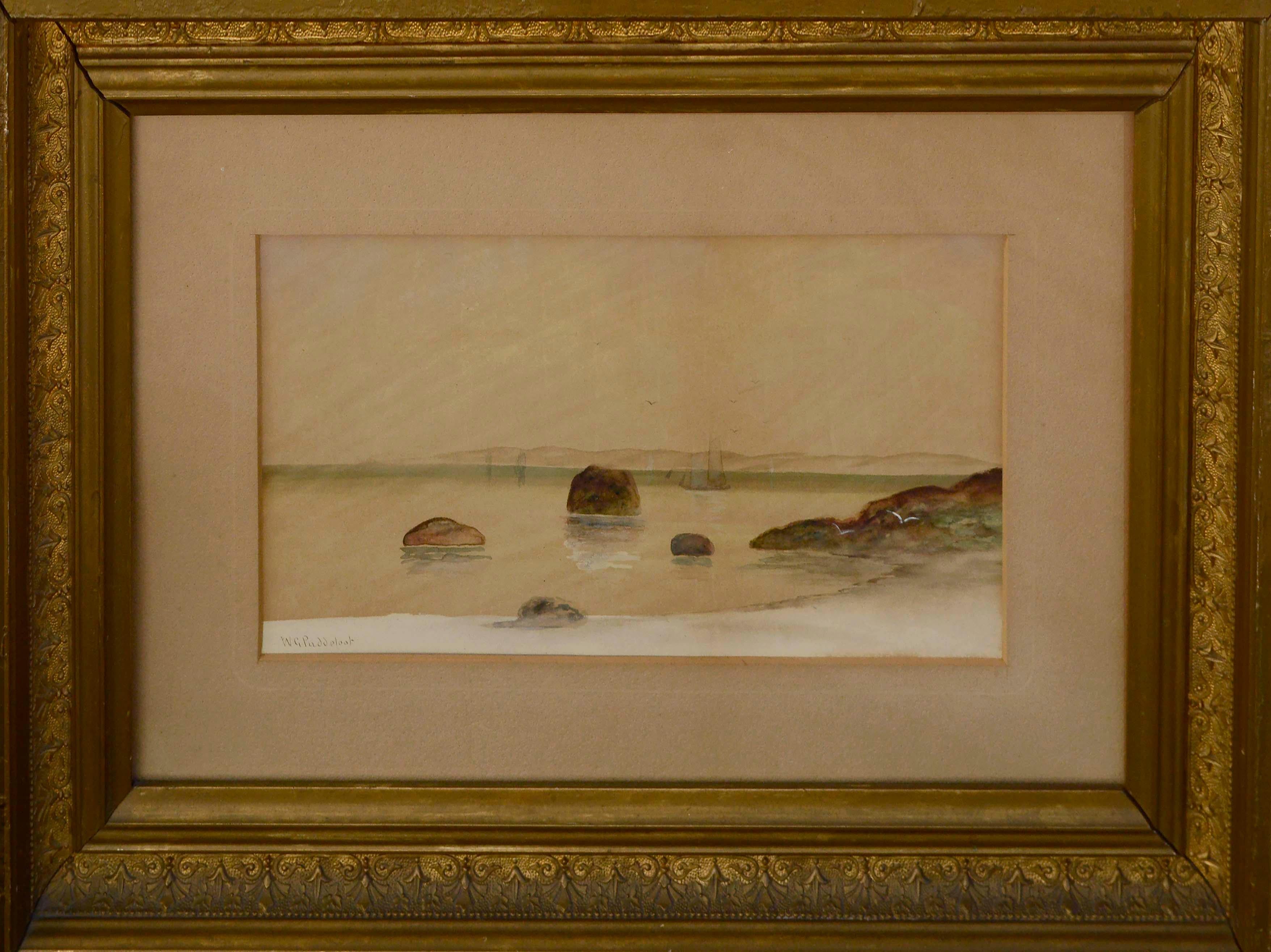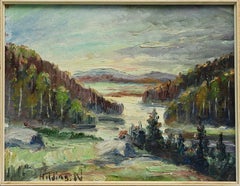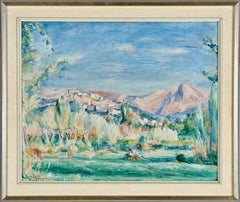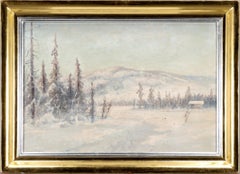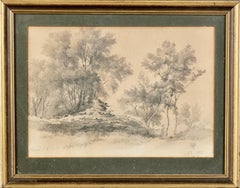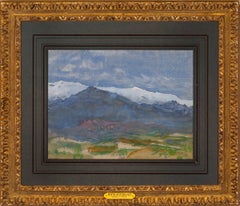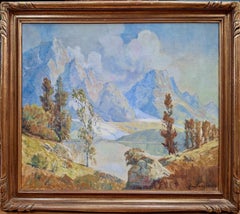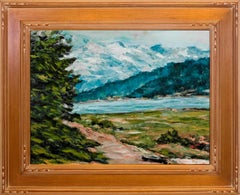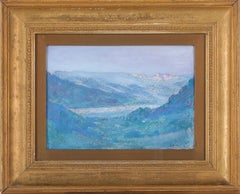
Mountain and Lake View, Gruyères
View Similar Items
Want more images or videos?
Request additional images or videos from the seller
1 of 6
Mary Rogers WilliamsMountain and Lake View, Gruyères1902
1902
Price:$2,552.49
$3,333.32List Price
About the Item
- Creator:Mary Rogers Williams (1857 - 1907, American)
- Creation Year:1902
- Dimensions:Height: 9.45 in (24 cm)Width: 12.01 in (30.5 cm)Depth: 1.19 in (3 cm)
- Medium:
- Movement & Style:
- Period:
- Condition:It is in very good condition with colors preserved.
- Gallery Location:Stockholm, SE
- Reference Number:1stDibs: LU2608216547362
About the Seller
5.0
Gold Seller
Premium sellers maintaining a 4.3+ rating and 24-hour response times
1stDibs seller since 2023
20 sales on 1stDibs
Authenticity Guarantee
In the unlikely event there’s an issue with an item’s authenticity, contact us within 1 year for a full refund. DetailsMoney-Back Guarantee
If your item is not as described, is damaged in transit, or does not arrive, contact us within 7 days for a full refund. Details24-Hour Cancellation
You have a 24-hour grace period in which to reconsider your purchase, with no questions asked.Vetted Professional Sellers
Our world-class sellers must adhere to strict standards for service and quality, maintaining the integrity of our listings.Price-Match Guarantee
If you find that a seller listed the same item for a lower price elsewhere, we’ll match it.Trusted Global Delivery
Our best-in-class carrier network provides specialized shipping options worldwide, including custom delivery.More From This Seller
View AllMountain Landscape, Northern Sweden, Oil on Panel.
Located in Stockholm, SE
A mountainous landscape painted by Hilding Elof Nyman (1870 - 1937). Oil on panel. The motif is probably from Dalarna in Swedens north part were he spent periods of his life. Nyman ...
Category
Early 20th Century Impressionist Landscape Paintings
Materials
Oil, Panel
$523 Sale Price
60% Off
French Riviera Landscape, Cagnes, Haut-de-Cagnes.
Located in Stockholm, SE
An impressionistic portrayal of the village of Haut-de-Cagnes on the French Riviera, painted in vibrant colors. Oil on panel, signed and dated "F Berg 22", later frame. A tergo inscr...
Category
1920s Other Art Style Landscape Paintings
Materials
Oil, Canvas
Mountain Winter Landscape
By Anselm Schultzberg
Located in Stockholm, SE
A quiet mountain winter landscape called "Winter road" or as it is written on the back in Swedish "Vinterväg" and “Vinterlandskap from Granberget at Rämen, Värmland", Gran-mountain ...
Category
Early 19th Century Other Art Style Landscape Paintings
Materials
Canvas, Oil
Narni Landscape Drawing
Located in Stockholm, SE
“Hilly landscape with trees and bushes from Narni in Italy,” sketched by Gustav Wilhelm Palm (1810–1890). Dated and signed “Narni 16 Sept” with “G.W [palm tree] 45,” it portrays gent...
Category
1840s Other Art Style Landscape Drawings and Watercolors
Materials
Paper, Pencil
Italian Landscape, Ariccia and The Alban Mountains
Located in Stockholm, SE
View of the Ariccia Bridge and the Alban Hills
This finely executed plein air landscape depicts the monumental bridge of Ariccia and the town with the surrounding Alban Hills, painted by German landscape artist Joachim Ludwig Heinrich Daniel Bünsow (born 1821 in Kiel, died 1910 in the same city). Executed in oil on paper mounted on cardboard, the work dates from his Italian period between 1853 and 1858. Not signed.
Bünsow received his artistic training at the Royal Danish Academy of Fine Arts in Copenhagen from 1839 to 1848, studying under Johann Ludwig Lund and Christoffer Wilhelm Eckersberg. In 1844, the Copenhagen Art Association acquired his painting "Tellingstedt in Dithmarschen." Following his studies, he traveled to Dresden, where he became associated with the circle around Johan Christian Dahl. A scholarship from the Copenhagen Academy enabled Bünsow to reside in Rome from 1853 to 1858. During this period, his landscapes evolved from the finely toned, naturalistic style of his early work to more atmospheric and idealized compositions, influenced by Louis Gurlitt.
Bünsow's early works from his time in Copenhagen are characterized by fine tonality and naturalistic rendering, reflecting the style of his teacher Christoffer Wilhelm Eckersberg. His Italian landscapes, however, exhibit a more atmospheric and idealized approach, influenced by Louis Gurlitt. Notably, Bünsow produced high-quality drawings during his time in Rome, some of which are preserved in the Kunsthalle zu Kiel.
Historical Context: The Ariccia Bridge
In the early 19th century, the local authorities sought to improve the Appian Way's safety and accessibility. The solution involved constructing bridges to span the Ariccia valley and adjacent ravines. In 1843, Pope Gregory XVI commissioned a six-arched bridge to address the elevation differences. Following his death in 1846, Pope Pius IX continued the project, entrusting architect Ireneo Aleandri with the design and Giuseppe Bertolini with the execution.
Completed in 1854, the bridge stands as a significant 19th-century engineering achievement. Featuring three tiers of elegant neoclassical arches inspired by Roman art, it measures 59 meters in height and 312 meters in length. Travertine columns at both ends commemorate the Roman milestones...
Category
1850s Other Art Style Landscape Paintings
Materials
Paper, Oil, Cardboard
Mountain Landscape with a Stone Bridge over a Waterfall
Located in Stockholm, SE
Mountainous Landscape with a Stone Bridge (1856) This painting by Austrian artist Richard Maerz (1810–1871) depicts a dramatic mountainous landscape. A stone bridge arches high above...
Category
1850s Romantic Landscape Paintings
Materials
Oil, Canvas
You May Also Like
"Mountain Landscape"
By Arthur B. Davies
Located in Lambertville, NJ
Jim’s of Lambertville is proud to offer this artwork:
Framed watercolor of a mountain landscape.
Arthur B. Davies (1862-1928)
Born in Utica, New...
Category
20th Century Tonalist Landscape Drawings and Watercolors
Materials
Watercolor
A Western Mountain Scene
Located in San Francisco, CA
Snow-topped jagged peaks reflected in a mountain lake come together in this ethereal landscape painting by noted American artist Courtney Luther Miles (1887-1975). Self-taught and ac...
Category
Mid-20th Century American Impressionist Landscape Paintings
Materials
Canvas, Oil
"Alpi Apuane, Italy" american impressionist watercolor painting of Swiss Alps
By Nelson H. White
Located in Sag Harbor, NY
Painted from life, the Swiss Alps as viewed from Italy. Framed in a thick grey wooden frame.
Dimensions framed: 12.5 x 19.25 inches
Nelson H. White was born in New London, Connectic...
Category
21st Century and Contemporary American Impressionist Landscape Paintings
Materials
Watercolor
"Mountain Lake"
By Evelyn Faherty
Located in Lambertville, NJ
Jim’s of Lambertville is proud to offer this artwork.
Signed lower right.
Evelyn Faherty (1919 - 2015)
Evelyn Faherty was born in the early 20th century and made her home in Yardley, Pennsylvania. She is a Bucks County Impressionist...
Category
20th Century American Impressionist Landscape Paintings
Materials
Oil, Board
Mountainous Landscape Scene
By Giovanni Korompay
Located in Astoria, NY
Giovanni Korompay (Italian, 1904-1988), Mountainous Landscape Scene, Oil on Board, signed lower right and to verso, silvered wood frame. Image: 14" H x 18" W; frame: 20.75" H x 25" W...
Category
Early 20th Century Impressionist Landscape Paintings
Materials
Oil, Board
American Impressionist Panoramic Mountain Sketch Landscape & Sky Study Painting
By George Browne
Located in Buffalo, NY
Antique American oil painting of panoramic mountain range by George Browne (1918 - 1958). Oil on board, circa 1940. Signed on verso. Displayed in a period giltwood frame. Image, 1...
Category
1940s Impressionist Landscape Paintings
Materials
Canvas, Oil
Recently Viewed
View AllMore Ways To Browse
Mountain Drawing
Drawing Lake
Antique Letters
Antique Saw
Room With A View Painting
Italian Lakes
Mountain Lake Painting
Florence View Painting
Historical Letters
M Church
All Seeing Eye
Italian Lake Painting
American Artist William Smith
Painting Switzerland Lake
Antique Floor Scales
Antique Wax Head
Medieval Head
Wax Figures

